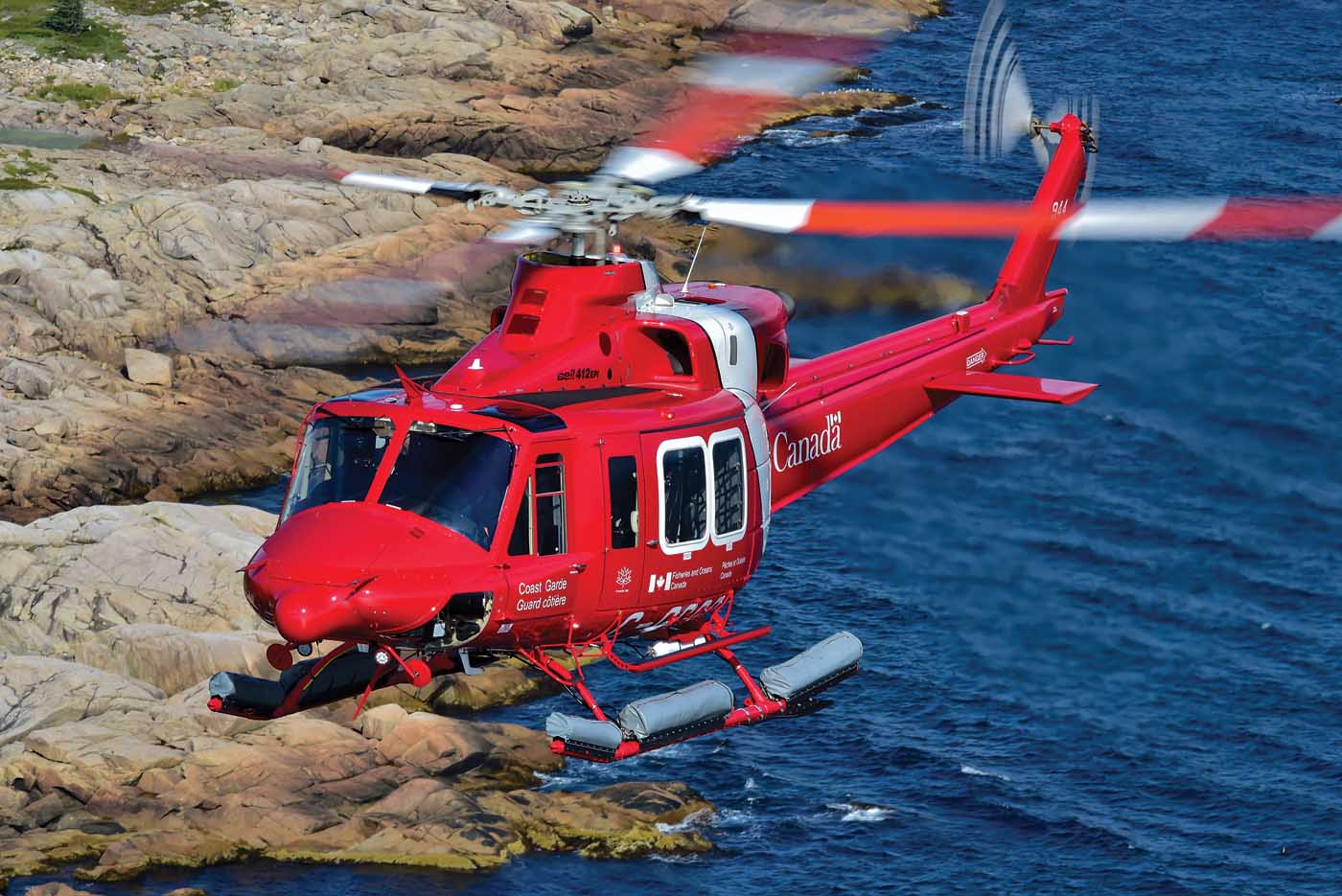- Reaction score
- 16,619
- Points
- 1,160
One thing I have noted over the years is that the West Coast and East Coast CCG do everything differently and both will tell you that the other is wrong. 
edit: I only did one deep sea ODAS deployment. Basically the workboat towed the buoy away from the ship, with the anchor over the side on a quick release. Once all the mooring line was payed out, the anchor was released and as soon as the felt the buoy being pulled the boat released the buoy. Most of our buoy deployments were 40-120' using a 3 ton serrated anchor and chain.
edit: I only did one deep sea ODAS deployment. Basically the workboat towed the buoy away from the ship, with the anchor over the side on a quick release. Once all the mooring line was payed out, the anchor was released and as soon as the felt the buoy being pulled the boat released the buoy. Most of our buoy deployments were 40-120' using a 3 ton serrated anchor and chain.





